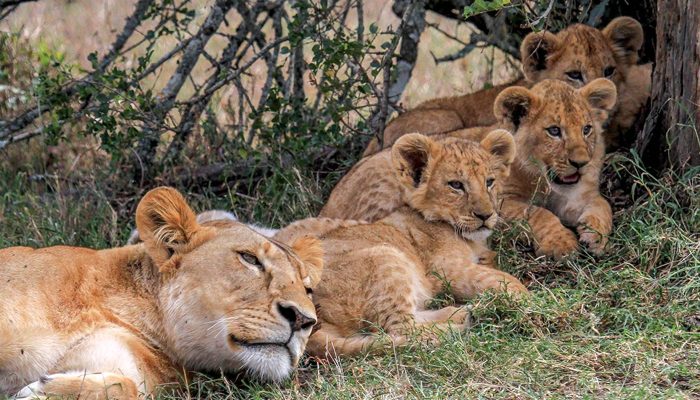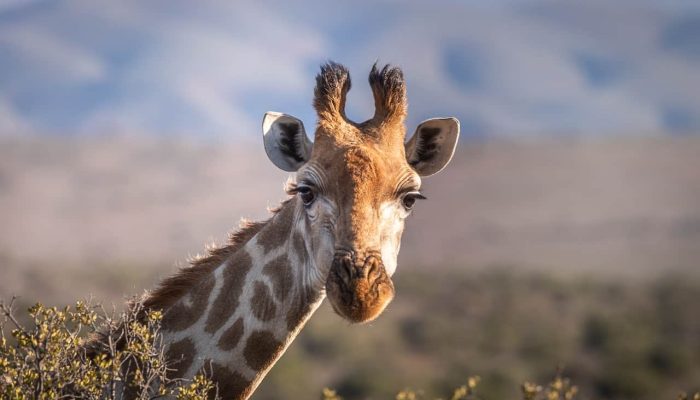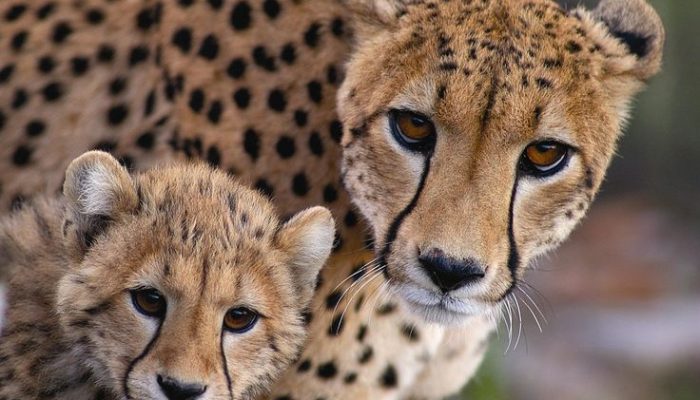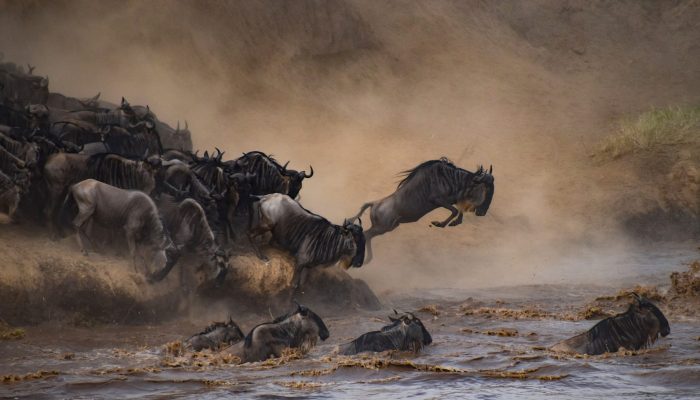Tour Overview
After a safari briefing in the morning and an approximate 2 hour drive you will arrive at the Tarangire National Park. Giant baobab trees, bush savannah and the seasonal marshes add to the wonder of this nature reserve. The Tarangire National Park is considered as one of the best places to view elephants up close.
The park is also home to buffaloes, zebras and wildebeests which are always closely followed by a range of predators such as lions. Leopards are seen now and then but cheetahs are rarely spotted. From the open roof of the safari vehicle you will be able to absorb the landscape and watch the animals. In the late afternoon you will leave the park and drive to the Camp, where you will overnight.
After breakfast you will travel from the Tarangire Area to the Lake Manyara National Park. The park is known for its over 400 bird species, primate-filled forests and grassy plains. A large area of the park is covered by the alkaline Lake Manyara, the seasonal breeding grounds for large colonies of flamingos and many more waterfowls.
The park is also home to giraffes, hippos, wildebeests, impalas and groups of noisy monkeys and baboons. After an extensive game drive you will travel to the Lodge, where you will spend the night.
After breakfast, you will enjoy a full day game drive in the Ndutu area exploring a great range of various habitats such as swamps, woodland, soda lakes and the world famous Serengeti short grass plains. You will witness herds of wildebeest and zebras especially during a short time-frame from around February and lasting for about 3 weeks where majority of the wildebeest calve.
The sea of grass provides little cover and the young makes an easy prey for a variety of predators. Wildebeest calves can run minutes after they were born and within 3 days, they are normally strong enough to keep up with the herd.
In the afternoon, we will set off for Serengeti National Park Seronera area.
On your outward journey to the park gate, you will enjoy some more game viewing before you leave the Serengeti National Park in the early afternoon to continue your journey to the Ngorongoro Conservation Area. As soon as you reach the edge of the Ngorongoro Crater, you will see the giant caldera below – a breath-taking view.
You will leave the Ngorongoro Conservation Area and drive to Karatu in the Ngorongoro highlands. Here you will join a walk in the coffee plantation to learn more about the cultivation and processing of coffee. You will spend the night at one of the three beautifully located Lodges.
Rise and shine! After breakfast at daybreak you travel back to the Ngorongoro Conservation Area before you drive down into the crater. The massive collapsed volcano is home to over 25,000 mammals ranging from the Big Five – lion, elephant, buffalo, rhino and leopard – to spotted hyenas, rare wild dogs and some of the more than 500 bird species of the area. After an extensive game drive and a picnic for lunch, you will leave the caldera in the afternoon and return to your Lodge to spend another night.
After a leisurely breakfast, you will travel back to Arusha where you will arrive around midday. You will be dropped off in the city centre or at the airport.



